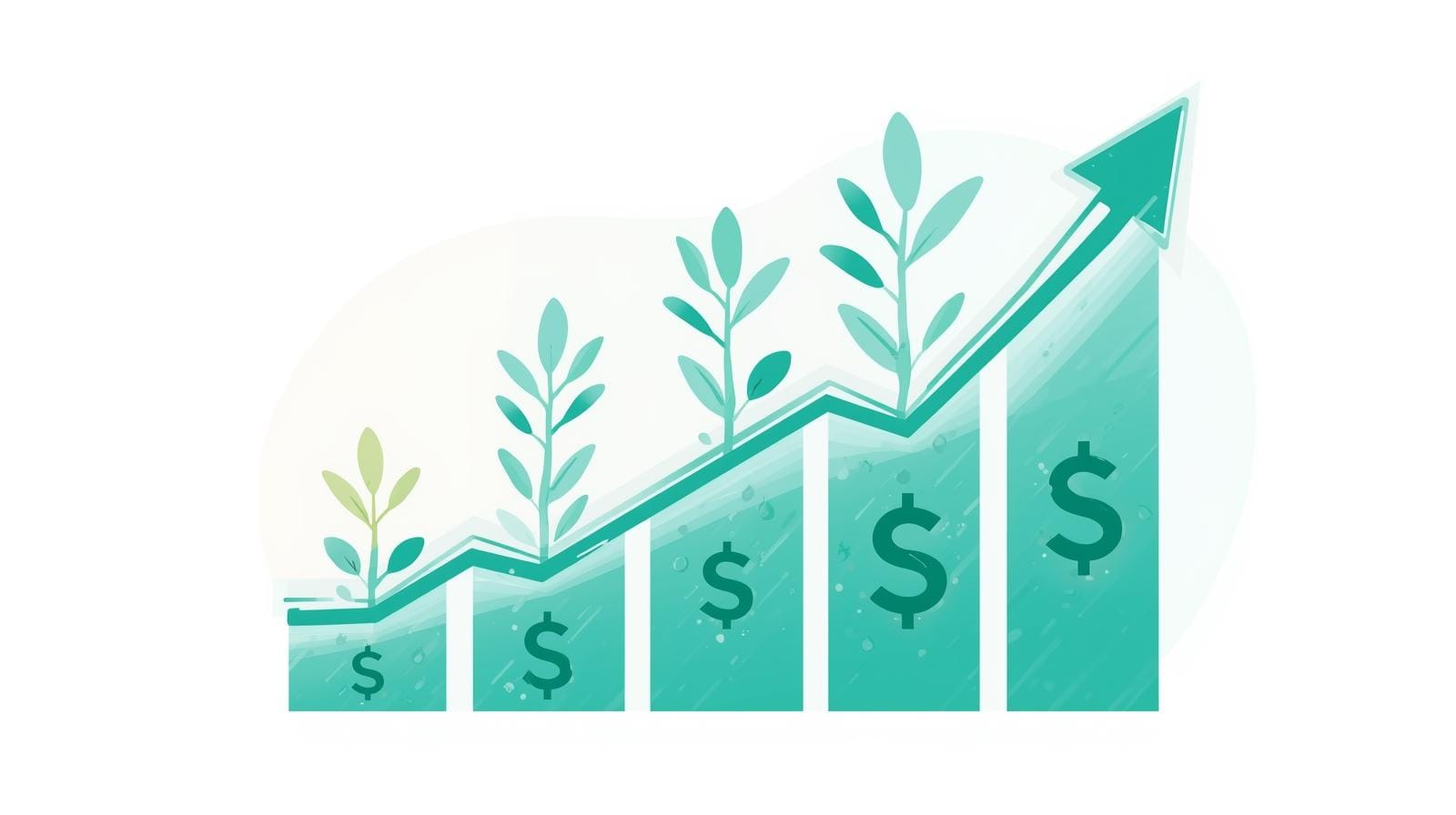90% Confidence Interval Lower Bound of Estimate of Percent of People of All Ages in Poverty for Wyoming
This dataset tracks 90% confidence interval lower bound of estimate of percent of people of all ages in poverty for wyoming over time.
Latest Value
9.70
Year-over-Year Change
-9.35%
Date Range
1/1/1989 - 1/1/2023
Summary
This economic indicator estimates the lower bound of the 90% confidence interval for the percentage of people of all ages living in poverty in Wyoming. It provides insight into economic hardship and inequality in the state.
Analysis & Context
This economic indicator provides valuable insights into current market conditions and economic trends. The data is updated regularly by the Federal Reserve and represents one of the most reliable sources for economic analysis.
Understanding this metric helps economists, policymakers, and investors make informed decisions about economic conditions and future trends. The interactive chart above allows you to explore historical patterns and identify key trends over time.
About This Dataset
The 90% Confidence Interval Lower Bound of Estimate of Percent of People of All Ages in Poverty for Wyoming is a statistical measure that helps quantify uncertainty around poverty estimates. It is used by policymakers and researchers to understand the extent of economic deprivation within the state's population.
Methodology
This data is collected through the U.S. Census Bureau's annual American Community Survey.
Historical Context
Trends in this metric can inform social welfare programs and economic development initiatives in Wyoming.
Key Facts
- The latest data shows the 90% confidence interval lower bound for Wyoming's poverty rate is 10.4%.
- Poverty rates tend to be higher in rural areas compared to urban centers in Wyoming.
- Poverty disproportionately impacts certain demographic groups in the state, such as children and racial minorities.
FAQs
Q: What does this economic trend measure?
A: This indicator estimates the lower bound of the 90% confidence interval for the percentage of people of all ages living in poverty in Wyoming. It provides a statistical range for the state's poverty rate.
Q: Why is this trend relevant for users or analysts?
A: Tracking the lower bound of the poverty confidence interval helps policymakers and researchers understand the minimum level of economic hardship experienced by Wyoming's population. This informs social welfare programs and economic development initiatives.
Q: How is this data collected or calculated?
A: The data is collected through the U.S. Census Bureau's annual American Community Survey.
Q: How is this trend used in economic policy?
A: Trends in Wyoming's poverty confidence interval lower bound can guide state and local governments in allocating resources for social services, job creation, and community development programs.
Q: Are there update delays or limitations?
A: The data is subject to the publication schedule of the American Community Survey, with some lag between the reference year and data release.
Related News

U.S. Stock Indices Rebound After Tech Stocks' Recent Decline
US Stock Indices Rebound: Understanding the Market Recovery The recent surge in the US stock market marks a significant upturn, with key indices such as the Nasdaq and S&P 500 leading this recovery. The primary metric underpinning these shifts is the civilian employment-to-population ratio, reflecting positive economic momentum. This boost in indices can be linked to a complex interplay of factors, including recent economic data, renewed market optimism, and evolving investor behavior, casting

U.S. GDP Growth to Slow Due to Tariffs and Immigration Policies
How Tariffs and Immigration Policies Influence U.S. GDP Growth in 2025 The U.S. GDP is a fundamental gauge of the country's economic health. Recent forecasts have raised concerns about a GDP slowdown, suggesting that trade tariffs and lower immigration might be key factors. According to economic forecasts and OECD reports, these issues are becoming centers of focus. Trade policies and immigration rules heavily impact the economic prediction landscape. Challenged by decreasing GDP figures, trade

US Housing Giant Hopes Fed Policies Boost Sagging Profits
Revitalizing S&P 500 Housing with Federal Reserve Policies The primary keyword, "Treasury Yield," has become an increasingly critical focus within the realm of the S&P 500 housing market. Current fluctuations in bond rates, particularly the 10-year bond rate, are causing waves in the already volatile US housing market. This situation is marked by a profit decline experienced by major housing giants, as economic uncertainty steers investor confidence. The Federal Reserve's policies and interest

U.S. Treasury Yields Rise After Fed Rate Cut Analysis
Treasury Yields Surge: A Curious Twist in Monetary Policy Amid a surprising financial twist, the current 10 year treasury rate is on the rise even as the Federal Reserve cuts interest rates. This unexpected development has economists scratching their heads, as typically, a cut in the Federal funds rate leads to lower yields. Treasury yields represent the interest rate the government pays bondholders, functioning as a vital signpost for the health of the economy. Generally perceived as one of th

Federal Reserve rate cuts forecast and S&P 500 market reaction
How Federal Reserve Rate Cuts Shape the Economic Landscape The Federal Reserve's decisions impact the financial environment in various ways, often triggering shifts that ripple throughout the economy. The act of altering the effective federal funds rate influences a broad spectrum of financial metrics, including the S&P 500. Notably, these changes have repercussions for market volatility, investor confidence, and the broader economic outlook. Understanding these connections helps place today's

Federal Reserve reduces U.S. interest rates, plans further cuts in 2025
Federal Reserve's Strategic Interest Rate Cut in Focus The Federal Reserve's strategic interest rate cut is a significant move in today's economic climate. As the central banking system of the United States, the Federal Reserve plays a crucial role in setting monetary policy to influence the nation's economy. An interest rate cut defines the decision to lower the cost of borrowing, typically aimed at stimulating economic growth. This latest decision could have considerable effects on the U.S. e
Related Trends
Consumer Price Index for All Urban Consumers: All Items in U.S. City Average
CPIAUCNS
Capacity Utilization: Total Index
TCU
Commercial and Industrial Loans, All Commercial Banks
TOTCI
Share of Foreign Born in Home Owners Loan Corporation (HOLC) Neighborhood A
RLMSHFBHOLCNA
Home Ownership Rate in Home Owners Loan Corporation (HOLC) Neighborhood C
RLMSHHORHOLCNC
Share of Foreign Born in Home Owners Loan Corporation (HOLC) Neighborhood C
RLMSHFBHOLCNC
Citation
U.S. Federal Reserve, 90% Confidence Interval Lower Bound of Estimate of Percent of People of All Ages in Poverty for Wyoming (PPCILBAAWY56000A156NCEN), retrieved from FRED.